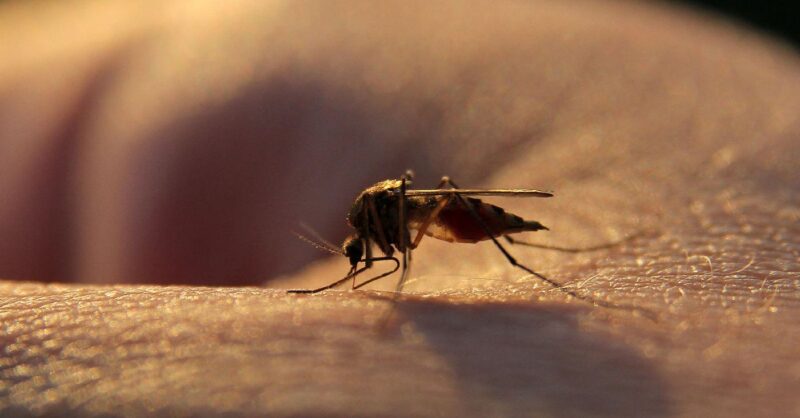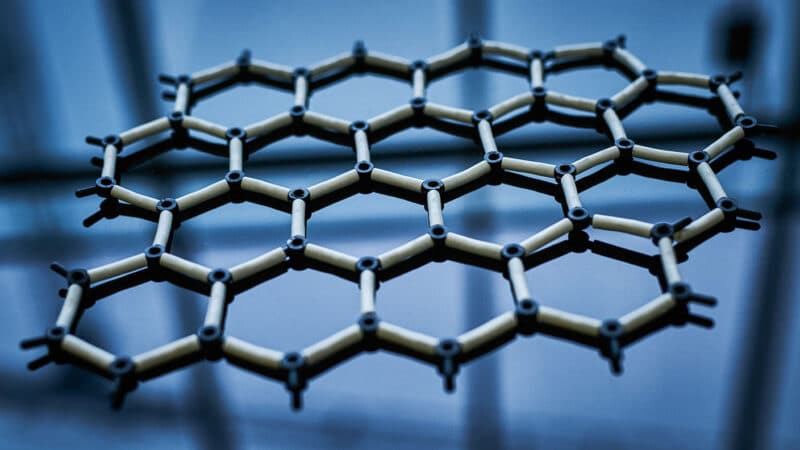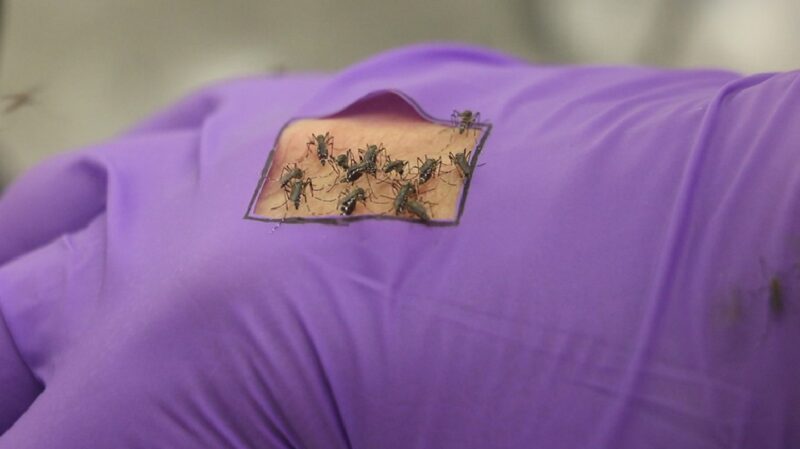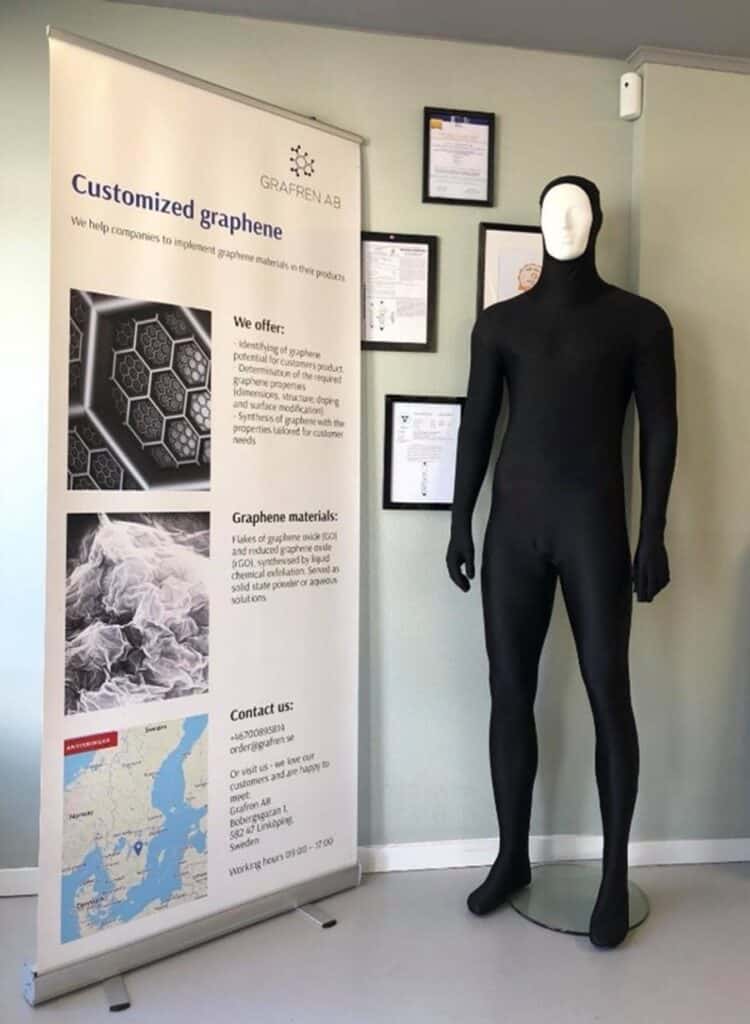Graphene is the latest repellent against mosquitoes. This material has many useful properties that earn it the name “wonder material”. Scientists are now taking advantage of this material’s technology in repelling mosquitoes. Here are the details.

Graphene’s Properties
This type of material is one atom thick. It is also very strong despite its thinness. Studies show that it is 200 times more durable than steel. This material is also a great conductor of electricity and heat. It can also absorb light well.

How It Works Against Mosquitoes
Female mosquitoes need a blood meal. They normally eat plant-based foods but their eggs need the nutrients from blood. Female mosquitoes have a proboscis that has a penetrating fascicle inside a protective sheath that pulls back when the mosquito bites. There are six microneedles that saw through your skin to reach the blood vessels. They also inject an anticoagulant and suck blood.
Chemical repellents tend to leave harmful effects on humans and the environment. This material does not do this. This multi-layer material can prevent mosquitoes from locating blood sources. It stops mosquitoes from smelling your skin chemicals. Graphene also stops mosquitoes from penetrating your skin. It also stops the urge of mosquitoes to bite. Research shows that dry graphene can also discourage female mosquitoes from landing on graphene fabrics.

The Graphene Structure
This material has a tight, carbon lattice that looks like a honeycomb. It could be a good substitute for protective clothing and mosquito repellents. Studies show that graphene is impermeable. Graphene is not visible to the untrained eye. It is also harder than diamonds. This material is more conducive than copper and stronger than steel as well. It was discovered back in 2004 and since then, it has been used for filtration and barrier purposes.
The people who have tested graphene say that it is the world’s thinnest, strongest, and most conducive fabric on earth. It has many applications. Scientists believe that graphene can enhance and even replace many plastics and metals in everyday life. If graphene is used in electronics, then it would give way to super batteries.

About Graphene Oxide
This type can be made into nanosheets. In this form, it can coat things. While thinking about the uses of thi material in clothing, the thought of mosquitoes became a strong consideration. The scientists wanted to see if mosquitoes wouldn’t penetrate the material.
One study tested graphene for mosquito bites. Volunteers allowed themselves to suffer from Aedes aegypti bites. They placed one bare arm and one arm covered with graphene fabric. The other volunteers had one arm covered with cheesecloth. The bare arms and cheesecloth-covered arms suffered from bites. The graphene-covered arms did not get one bite.

The scientists observed that the mosquitoes did not have enough strength to push their proboscis through the graphene oxide fabric. This showed that this material protected the volunteers. The scientists also showed that the mosquitoes did not even land on the fabric. Scientists observed that the mosquitoes did not seem to care about the fabric.
Other studies showed thathis material may also have an inorganic barrier that prevents mosquitoes from feeling that a person is there. This material may have the ability to block the skin’s chemical cues, such as lactic acid. Even so, the fabric has limitations. When it becomes wet, mosquitoes can penetrate it.
With Reduced Oxygen Content (rGO)
This type of this material can provide bite protection but it does not have graphene oxide’s breathability. That is why scientists are trying to find a way to make rGO breathable while staying bite-proof.

It is good to know that there is another safe way to prevent mosquito bites. This synthetic material can be incorporated into clothes and accessories. Improvements are now being thought of so that this fabric can be breathable and bite-proof at the same time, even when wet.